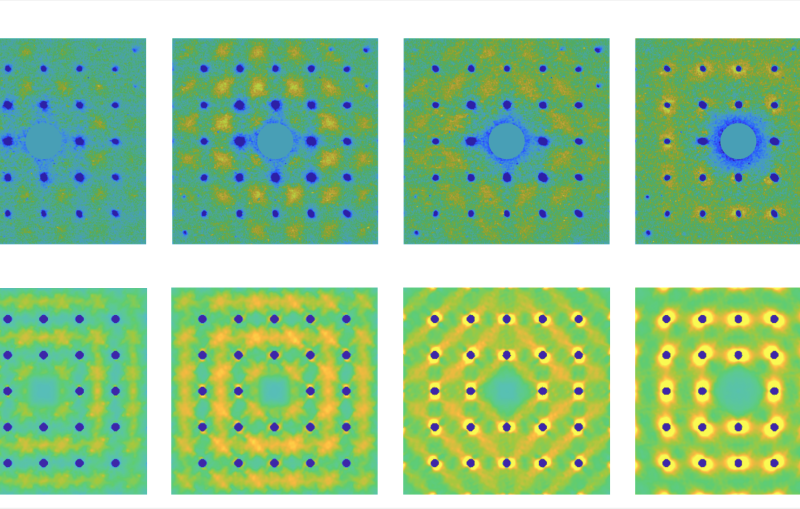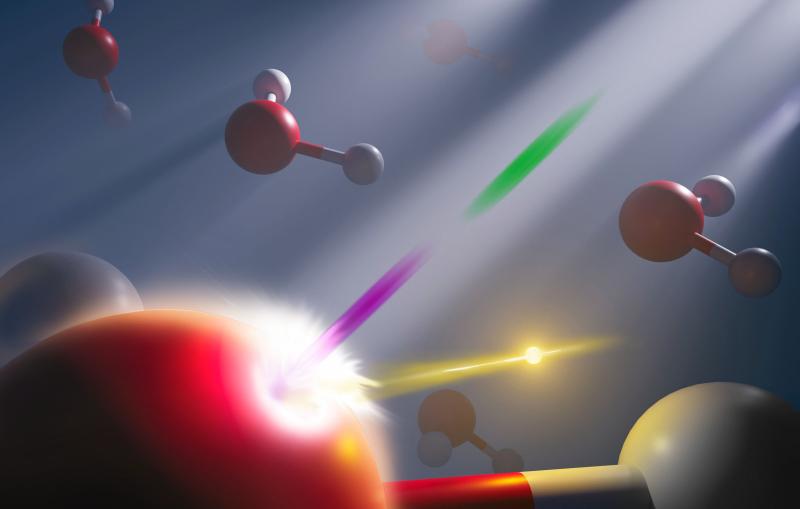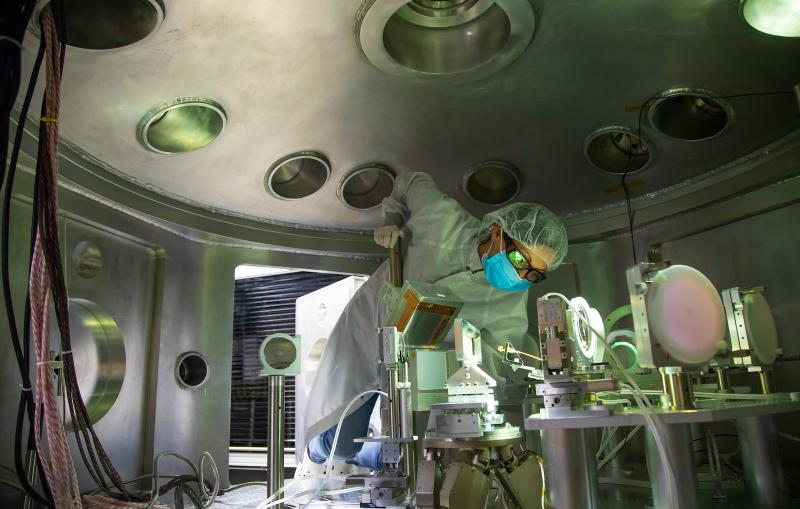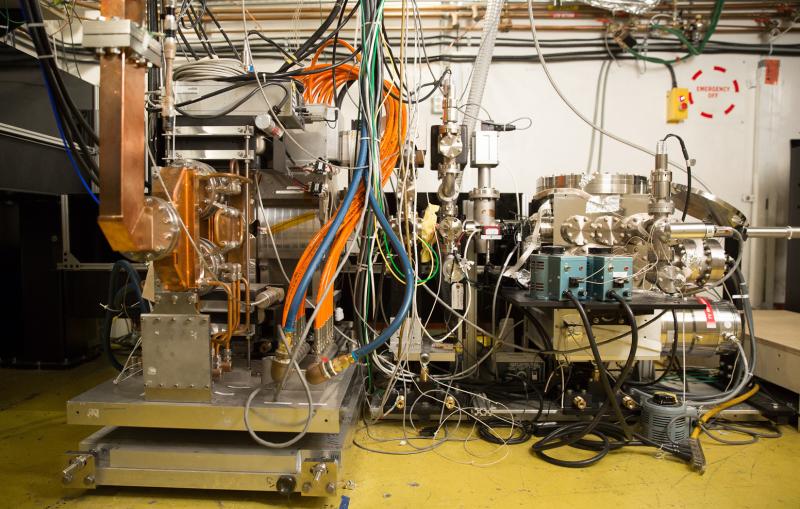SLAC All Access: Atomic, Molecular and Optical Science Instrument
John Bozek, an instrument scientist at SLAC's Linac Coherent Light Source takes us behind the scenes at the Atomic, Molecular and Optical Science Instrument. AMO, which is housed in one of six experimental hutches at LCLS, uses the extremely short pulses of X-rays from the LCLS to study chemical processes at their natural time-scale.
By SLAC Multimedia Communications
John Bozek, a staff scientist at SLAC's Linac Coherent Light Source (LCLS) X-ray laser who manages the LCLS Soft X-ray Department, takes us behind the scenes at the Atomic, Molecular and Optical Science (AMO) instrument, the first of six experimental stations now operating at LCLS. Samples used in AMO experiments include atoms, molecules, clusters, and nanoscale objects such as protein crystals or viruses. Science performed at AMO includes fundamental studies of light-matter interactions in the extreme X-ray intensity of the LCLS pules, time-resolved studies of increasingly charged states of atoms and molecules, X-ray diffraction imaging of nanocrystals, and single-shot imaging of a variety of objects.
For more on LCLS visit: http://www6.slac.stanford.edu/facilities/lcls.aspx
For more on AMO visit: https://portal.slac.stanford.edu/sites/lcls_public/instruments/amo/Pages/default.aspx
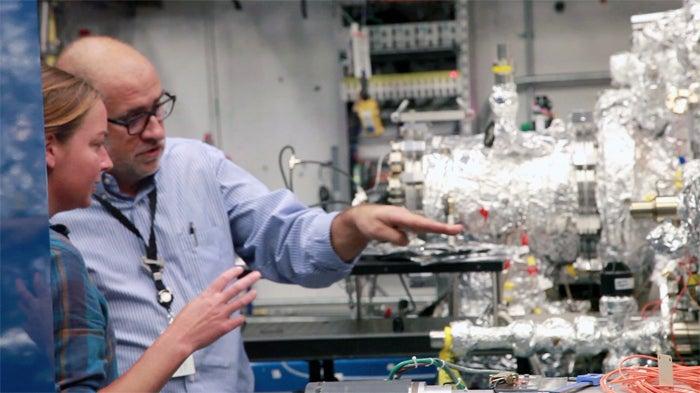
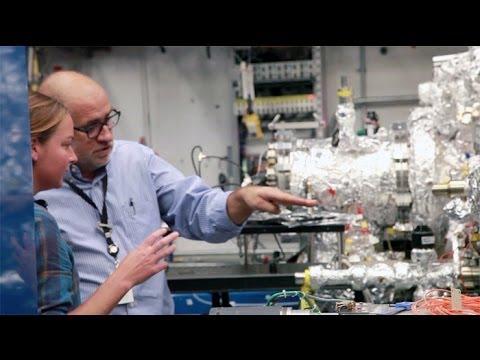
AMO : Atomic, Molecular and Optical Science Instrument
John Bozek, a staff scientist at SLAC's Linac Coherent Light Source (LCLS) X-ray laser who manages the LCLS Soft X-ray Department, takes us behind the scenes at the Atomic, Molecular and Optical Science (AMO) instrument, the first of six experimental stations now operating at LCLS. Samples used in AMO experiments include atoms, molecules, clusters, and nanoscale objects such as protein crystals or viruses. Science performed at AMO includes fundamental studies of light-matter interactions in the extreme X-ray intensity of the LCLS pules, time-resolved studies of increasingly charged states of atoms and molecules, X-ray diffraction imaging of nanocrystals, and single-shot imaging of a variety of objects.

